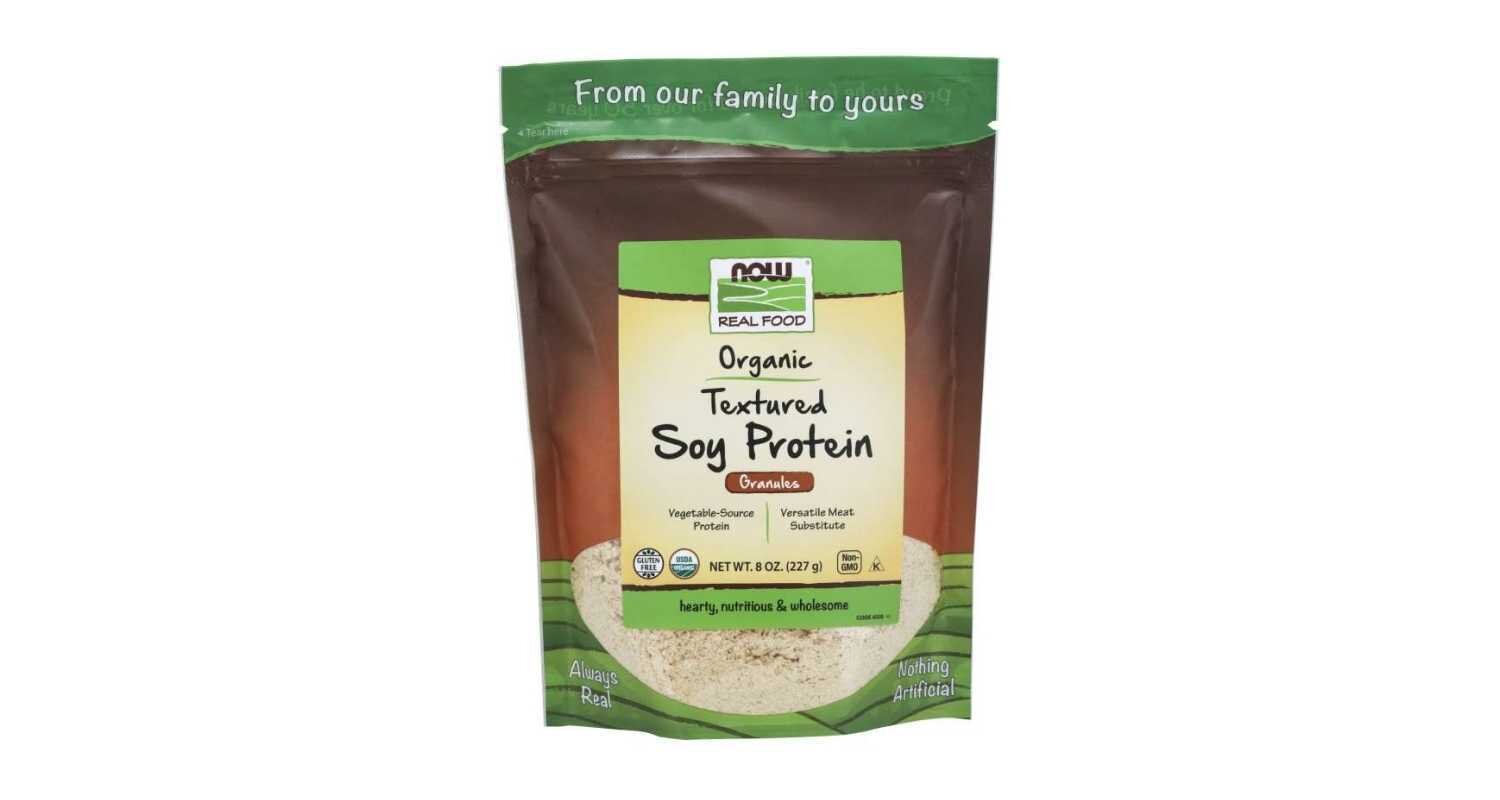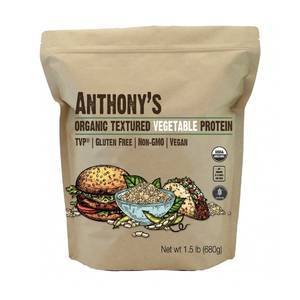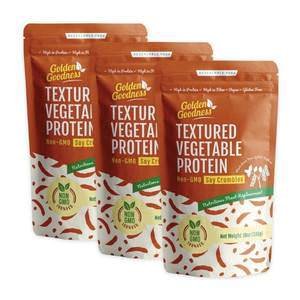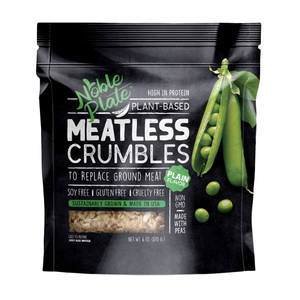What Is TVP and How To Cook It?
Textured vegetable protein (TVP), also known as textured soy protein, is prepared with dehulled, defatted and ground soybeans, and can dramatically elevate the protein content of any meal. Although it is processed, it’s made with only one ingredient, and still contains 9.4g of fiber per 100g serving! Plus, it could be an affordable way to incorporate larger amounts of protein into your plant-based diet.
Nutritional Value of TVP
Here’s the nutritional value of dry TVP per 100g serving:
Calories: 446
Protein: 107.98g
Fat: 4.69g
Carbohydrates: 9.39g
Fiber: 9.4g
Iron: 12.68mg
As you can see, in 100g of this ultra-nutritious food, you’ll find around double the protein you need in a day (depending on your weight, height, biological gender, and fitness levels), a huge percentage of your daily iron requirement, and a good portion of your fiber needs. Best of all, you can obtain all of these nutrients for under 5g of fat!
However, it is important to mention that TVP doubles in size when prepared, meaning you probably wouldn’t sit down to a meal of 100g of dry TVP. However, for even a fourth of this serving, it still provides over 25g of protein and 3mg of iron, all for just a little over 110 calories and 1g of fat.
Types of TVP
Aside from the nutritional benefits of TVP, it’s also a great way to substitute meat in your cooking, as it absorbs sauces and spices wonderfully, and boasts a meat-like texture. It’s used in vegetarian cooking across a plethora of cuisines, including Indian, Mexican, Italian, and even American, in veggie burgers or veggie nuggets.
Textured soy protein is available in many forms, including flakes, chunks, and fillets. TVP flakes are the most versatile, since they can be used to create meatballs, ‘mince’, veggie burgers, nuggets, or any recipe that calls for ground beef. TVP chunks are excellent in curries, stir-fries, and wraps. And finally, fillets can be marinated and used as a ‘steak’ or ‘chicken fillet’ alternative.
How To Cook TVP
Some TVP chunks and flakes come with a variety of seasonings, so you can quickly dehydrate them, sauté them with garlic and veggies, and add to whatever dish you’d like. However, if you’d like to prepare them from scratch, a simple TVP seasoning can be prepared with veggie broth, paprika, garlic powder, onion powder, and tomato sauce.
To dehydrate your TVP, simply pour boiling water over the flakes, chunks, or fillets, and let them sit for 15-20 minutes. Then, drain them using a strainer, season if needed, and toss them into a heated and greased pan.
To make simple TVP burgers, try rehydrating, seasoning, and mixing your TVP flakes with a binder, like mashed beans, vital wheat gluten (seitan), or a flax egg (combine 1 tbsp. ground flaxseeds with 3 tbsp. water and let sit for 5-10 minutes). You can even prepare these in bulk, and freeze for later use!
Concerns on Soy
You may be thinking, is eating so much soy healthy? Despite concerns that soy contains estrogen and can increase your risk of breast or prostate cancer, studies have overwhelmingly found over the years that the opposite is true. Soy contains large amounts of the isoflavones daidzein and genistein (weak estrogens), which bind to estrogen receptors, blocking stronger estrogens from reaching the receptors. As a result, estrogen levels tend to drop in those who consume larger amounts of soy. This is why soy is now believed to reduce the risks of both breast and prostate cancer.
This also explains why in Asian countries, where copious amounts of soy are consumed, prostate cancer rates were so low, until American-style fast food was introduced into the region.
Unless, you suffer from a soy allergy or sensitivity, there should be no reason to avoid soy. However, it’s always a good idea to speak with your healthcare provided before making any big changes in your diet.
TIP: Make sure you always buy Non-GMO and Organic TVP
Final Thoughts
We believe TVP is an underrated source of plant protein, as it’s incredibly affordable and easy to prepare in a wide variety of dishes! It’s high in protein, fiber, and iron, and pretty low in everything else. Plus, it’s available in pre-seasoned varieties to help you save time
What are your thoughts on this popular meat substitute? Share your thoughts in the comments below!






